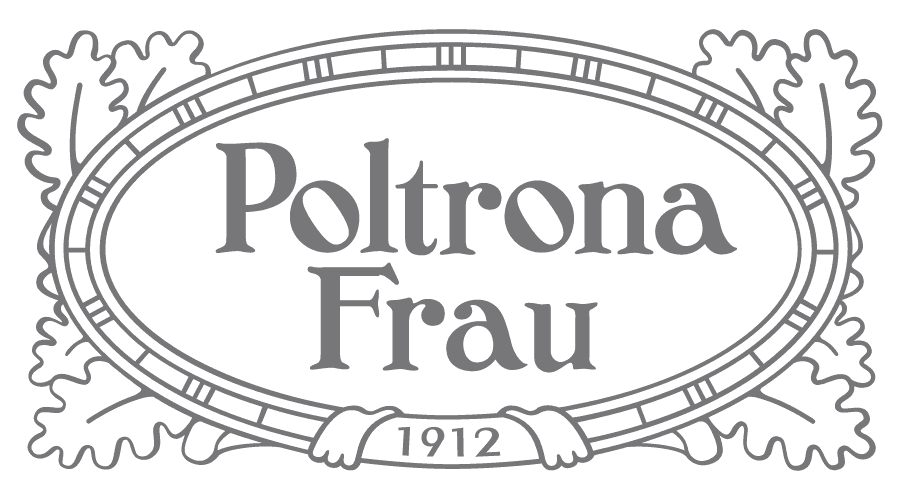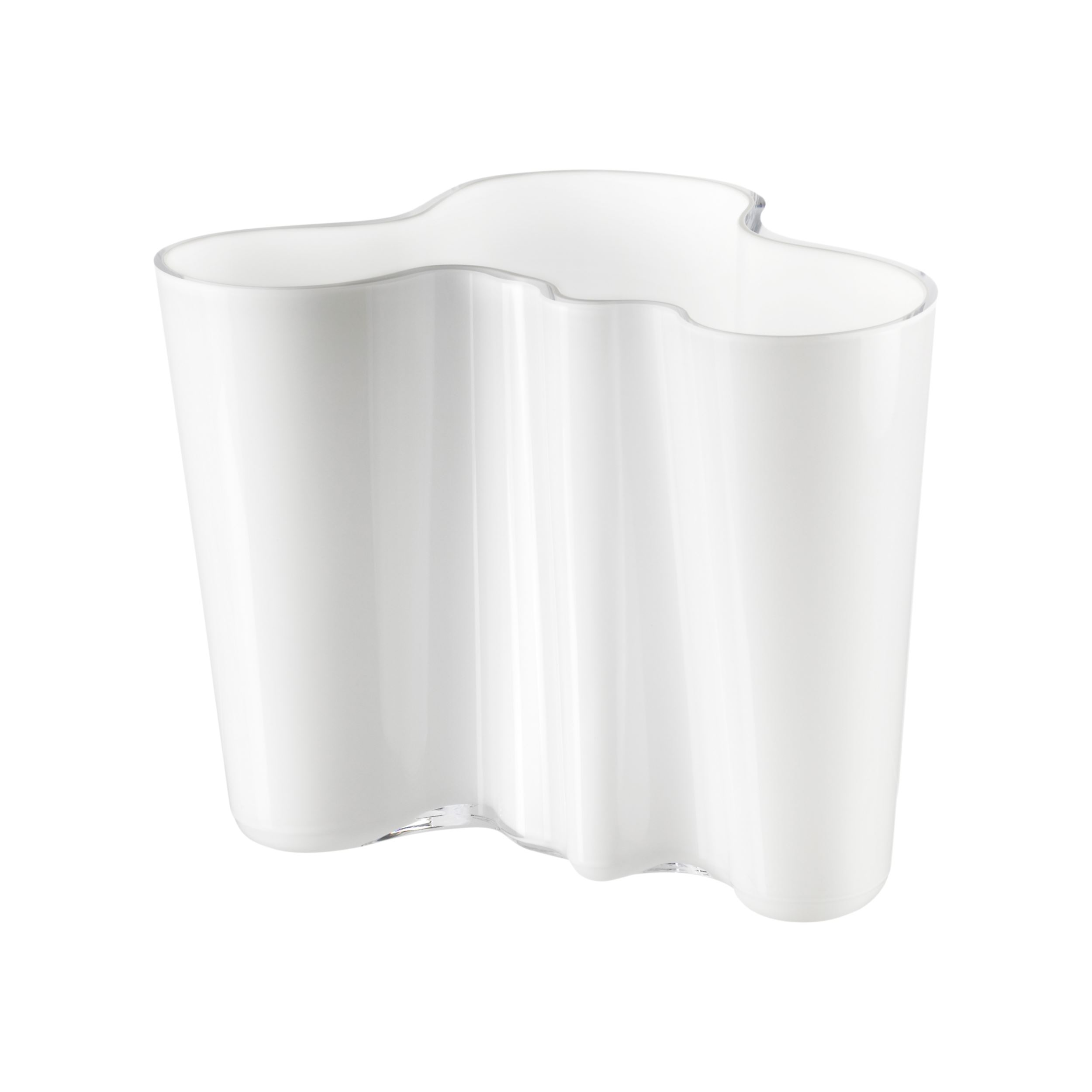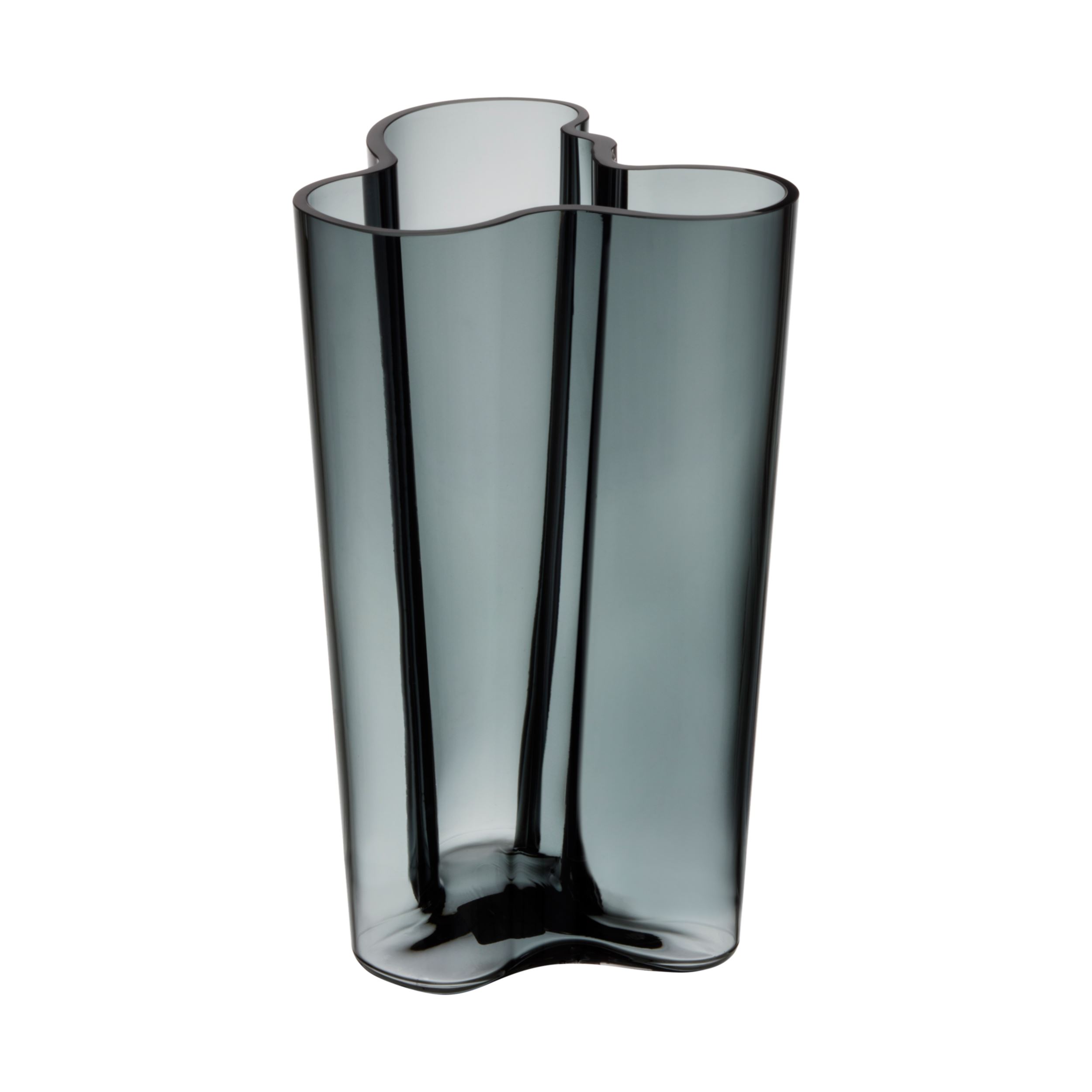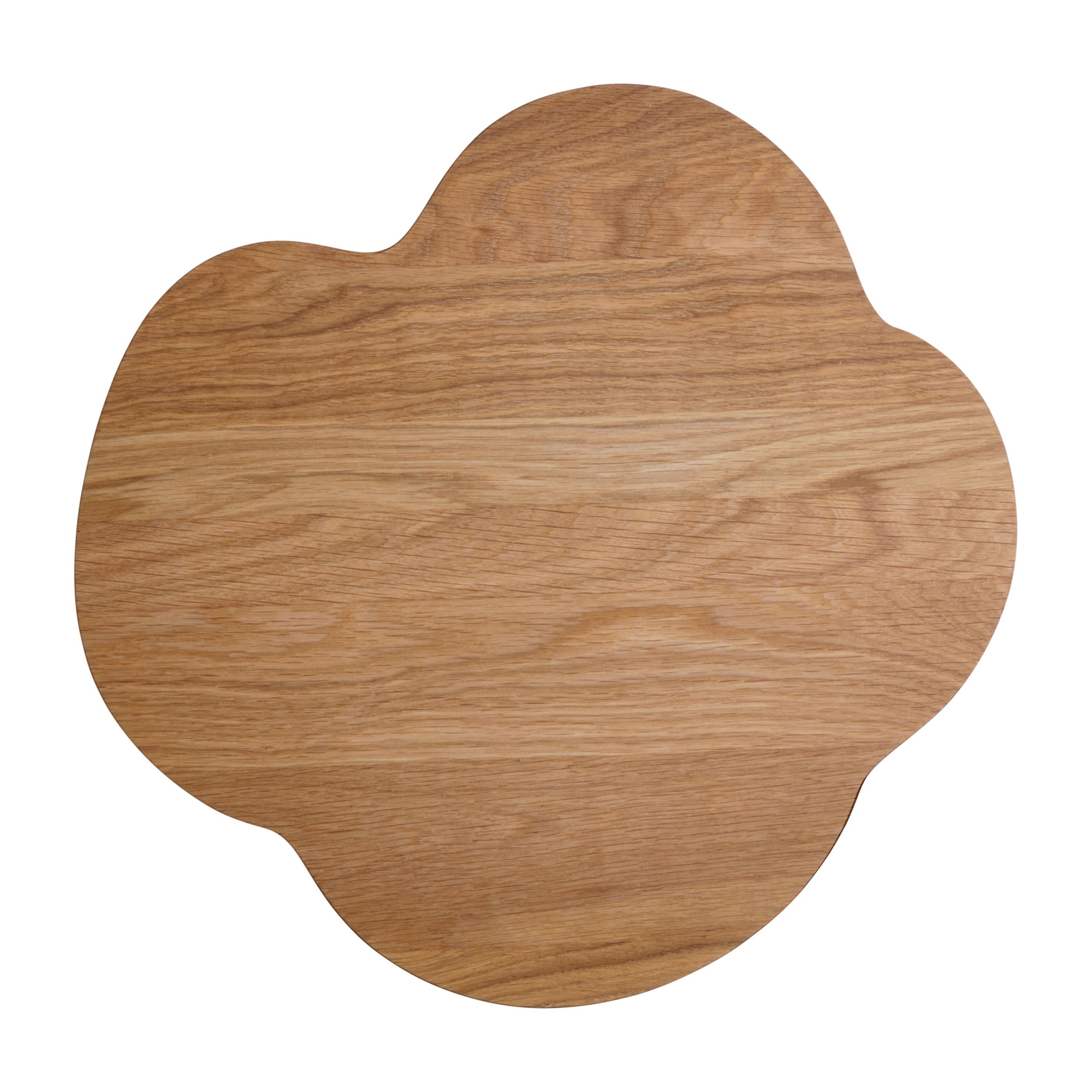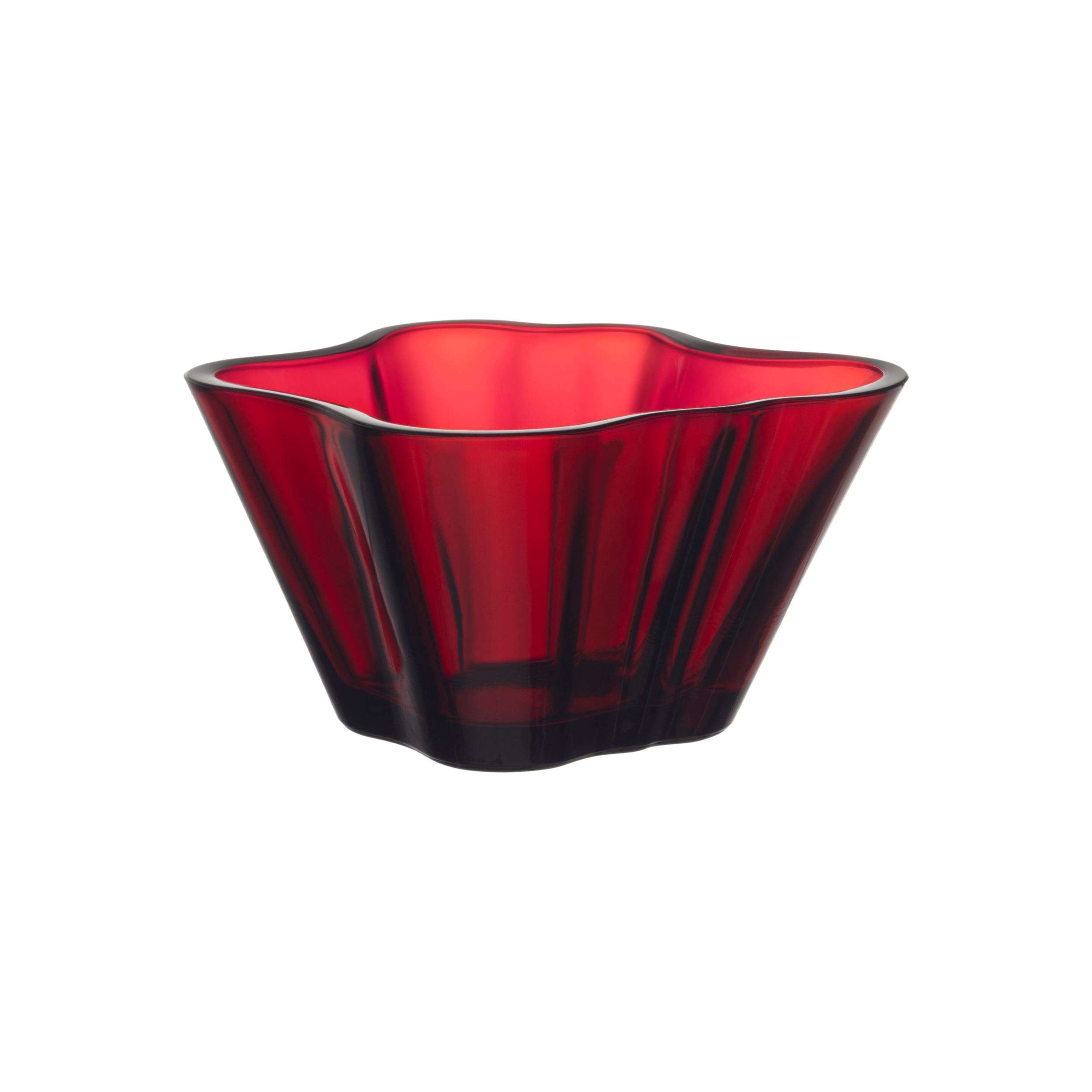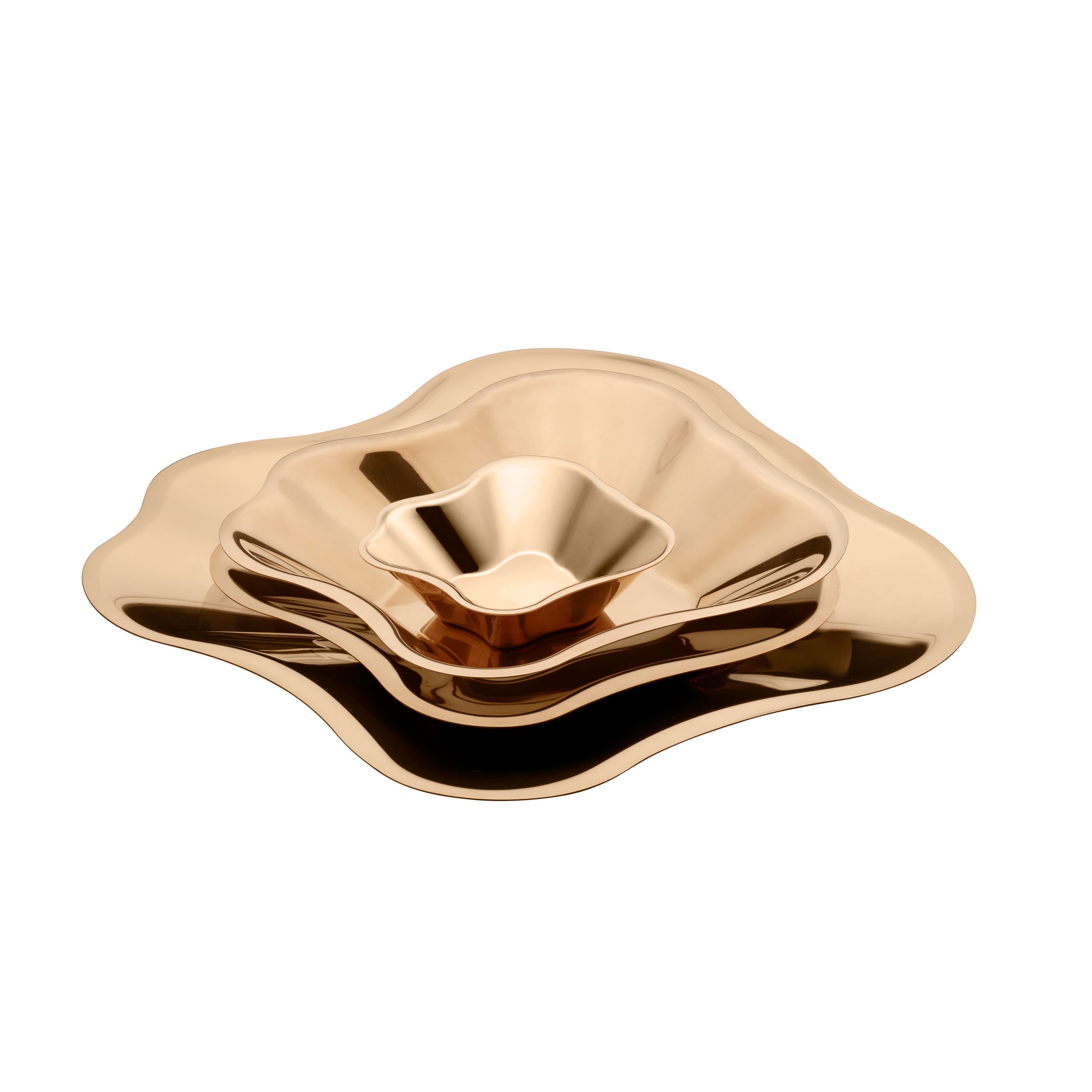Alvar Aalto
Alvar Aalto, the renowned Finnish architect, designer, and town planner, forged a remarkable synthesis of romantic and pragmatic ideas. His work reflects a deep desire to humanize architecture through an unorthodox handling of form and materials that was both rational and intuitive.
Influenced by the so-called International Style modernism (or functionalism, as it was called in Finland) and his acquaintance with leading modernists in Europe, including Swedish architect Erik Gunnar Asplund and many of the artists and architects associated with the Bauhaus, Aalto created designs that had a profound impact on the trajectory of modernism before and after World War II.
He favored a more heterogeneous architecture, with inspirations ranging from the birch and pine forests of his native country to the classical and Renaissance architecture of the Mediterranean.

